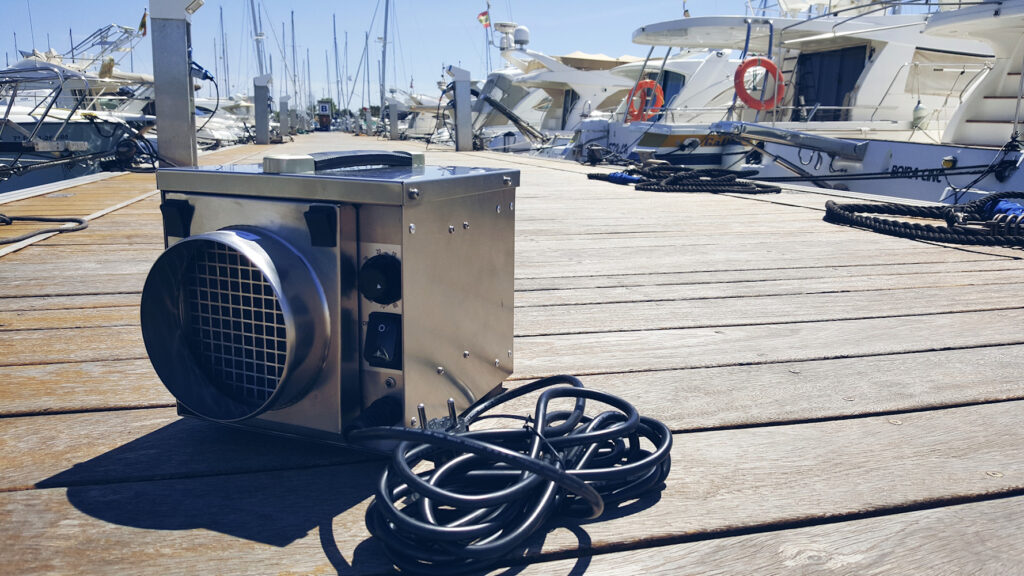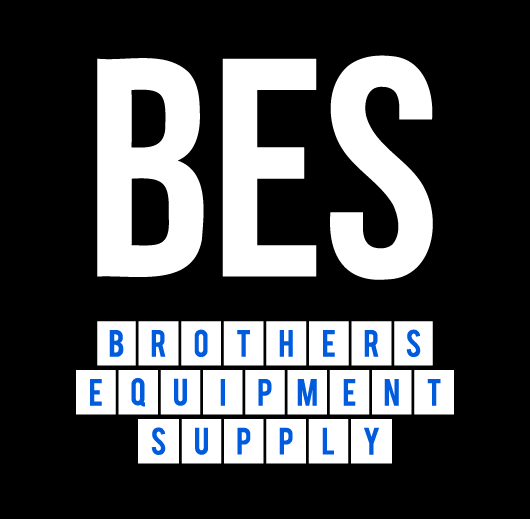
Need A Dehumidifier For The Basement And Crawlspace? Read Before Buying
Need A Dehumidifier For The Basement And Crawlspace? Read Before Buying
By: Brothers Equipment And Supply
Basements can often be damp and prone to excessive humidity, leading to musty odors and potential mold growth.
To maintain a dry and comfortable environment, investing in a reliable dehumidifier is essential.
In this comprehensive guide, we will explore the different types of dehumidifiers available, their unique benefits, and various applications, and address the top 10 frequently asked questions about dehumidifiers.
Let’s get right into it.
Types Of Dehumidifiers And Their Benefits
Refrigerant Dehumidifiers
Refrigerant dehumidifiers work by drawing in air and passing it over cold coils to condense moisture, which is then collected in a reservoir. They are suitable for most basement sizes and offer energy-efficient dehumidification.
Key Benefits:
Energy Efficiency: Refrigerant dehumidifiers are energy-efficient, making them cost-effective solutions for long-term use. They utilize a refrigeration cycle to cool the air, causing moisture to condense and collect in a reservoir.
High Dehumidification Capacity: These dehumidifiers can extract a significant amount of moisture from the air, making them suitable for large spaces, including basements, living rooms, and offices.
Temperature Tolerance: Refrigerant dehumidifiers can operate effectively in a wide range of temperatures, making them ideal for both warm and cold environments.
Quiet Operation: Modern refrigerant dehumidifiers are designed with noise reduction features, ensuring quieter operation, which is essential for areas like bedrooms and living rooms.
Desiccant dehumidifiers use a moisture-absorbing material like silica gel to remove humidity from the air. They excel in low-temperature environments and are ideal for basements with temperatures below 60°F.
Key Benefits:
Low-Temperature Operation: Desiccant dehumidifiers excel in cold environments, as they are not dependent on refrigeration cycles and can effectively remove moisture in temperatures as low as freezing.
Silent Operation: These dehumidifiers operate quietly, making them suitable for areas that require minimal noise disturbance, such as libraries, offices, and bedrooms.
Lightweight and Portable: Desiccant dehumidifiers are generally lighter and more portable compared to their refrigerant counterparts, providing flexibility in placement and ease of relocation.
Efficient in Low Humidity: In regions with consistently low humidity levels, desiccant dehumidifiers are more efficient and economical than refrigerant models.

Whole-House Dehumidifiers
For homeowners looking to dehumidify their entire home, whole-house dehumidifiers can be installed directly into the HVAC system. They provide consistent and efficient humidity control throughout the entire living space.
Key Benefits:
Seamless Integration: Whole-house dehumidifiers are connected directly to the HVAC system, ensuring uniform dehumidification across all rooms.
Energy Efficiency: By working in tandem with the HVAC system, whole-house dehumidifiers can save energy by optimizing moisture removal.
Comprehensive Coverage: These dehumidifiers address humidity issues throughout the entire living space, including crawl spaces and attics.
Hassle-Free Operation: Once installed, whole-house dehumidifiers require minimal maintenance, with options for automatic operation based on preset humidity levels.
Where Can I Use These Humidifiers?
Basements: Dehumidifiers are especially crucial for basements, where excess humidity can lead to mold growth and structural damage. They help maintain an optimal humidity level and preserve the integrity of the basement space.
Crawl Spaces: Crawl spaces are susceptible to high humidity levels, which can lead to rot, mold, and pests. Installing a dehumidifier in the crawl space helps prevent these issues and improves overall air quality.
Bathrooms and Kitchens: In areas prone to high moisture levels like bathrooms and kitchens, dehumidifiers can reduce excess humidity, prevent condensation, and inhibit mold and mildew growth.
FAQs About Dehumidifiers
How do I determine the appropriate dehumidifier size for my basement?
Measure your basement’s square footage and consider the humidity level. A general rule of thumb is 30-40 pints per 1,000 square feet for moderately damp spaces and 50-70 pints for very damp areas.
Can I run my dehumidifier continuously?
Yes, most modern dehumidifiers have continuous operation settings for continuous moisture removal.
How often should I clean the dehumidifier filter?
Cleaning the filter every two weeks is recommended, but frequency may vary depending on usage and environmental conditions.
Can a dehumidifier help with allergens?
Yes, dehumidifiers can reduce allergens like dust mites, mold spores, and mildew by creating an inhospitable environment for their growth.
Do dehumidifiers consume a lot of energy?
Energy consumption varies based on the model and size, but newer Energy Star-rated dehumidifiers are designed to be energy-efficient.
Can I use a dehumidifier in a freezing basement?
Desiccant dehumidifiers are best suited for low-temperature environments like freezing basements.
Should I use a dehumidifier with an automatic humidistat?
Yes, an automatic humidistat ensures the dehumidifier operates only when needed, optimizing energy consumption and maintaining a consistent humidity level.
Can a dehumidifier replace air conditioning?
While dehumidifiers can help with moisture control, they are not designed to replace air conditioning systems in terms of cooling efficiency.
How often should I empty the dehumidifier reservoir?
Frequency depends on the humidity level and dehumidifier capacity. Some models have a drain hose option for continuous drainage.
Can a dehumidifier be used during the winter months?
Yes, dehumidifiers are effective in winter to control humidity levels and prevent mold growth, especially in heated indoor spaces.
Conclusion
Choosing the right dehumidifier for your basement is crucial in maintaining a comfortable, dry, and healthy living space.
Consider factors like capacity, type, and intended application to make an informed decision.
By investing in a quality dehumidifier and understanding its proper usage, you can effectively combat excess humidity and enjoy a refreshed basement environment for years to come.
If you have any questions about our article, “Need A Dehumidifier For The Basement And Crawlspace? Read Before Buying” contact us on social media, LiveChat or 1-416-912-2205.
Related Posts
Where To Buy Dehumidifiers In Toronto?
Common Uses For Commercial Dehumidifiers [Must-Know]
How To Lower Humidity Levels: Tips And Top Products
The Importance of Dehumidifiers for Boat Owners: Protecting Your Vessel from Excess Moisture
Top Reasons Why Cannabis Grow Ops Need Dehumidifiers
What Are The Benefits Of Dehumidifiers? Our Experts Weigh In
Boat Dehumidifiers: How To Prevent Dampness On Your Boat
Air Scrubbers vs. Air Purifiers: Understanding the Differences and Benefits
